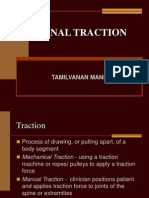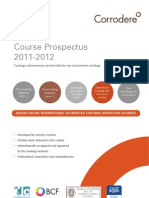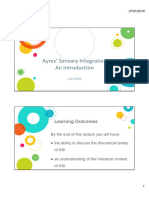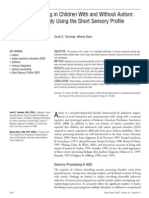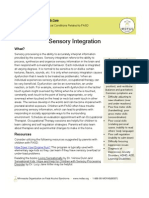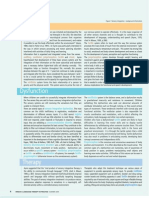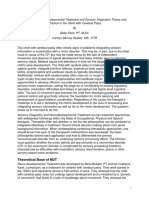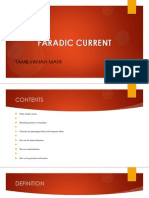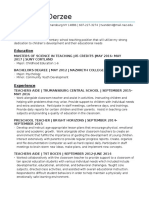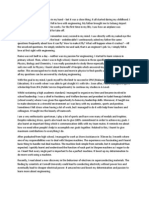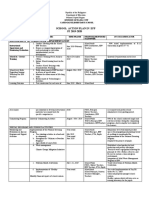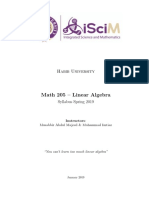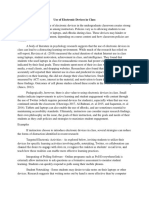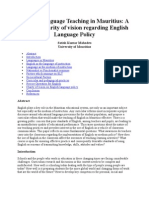1
Theory & Model of
Sensory Integration
Mohammad S. Nazzal, PhD, OTR
“Sensory integration is the neurological process that organizes sensations from one’s own body and from the environment, and makes it possible to use the body effectively within the environment. Sensory integration is information processing.”
A. Jean Ayres, 1989

2
Definitions
•Sensation•Integration•Sensory Integration
–Neurologic Process –Theory
•Adaptive Response
Sensation
•Sensation is the fuel that feeds all human experiences.
–Information about our psychological, physical, and cognitive experiences comes from our senses.
•Sensation and sensory processing provide the infrastructure for our experiences.•The sensory systems are the input mechanisms for the nervous system.
3
Sensory Processing
•The sensory neurons transmit information into the nervous system, reaching higher brain centers. •
Sensory processing
is different from sensory input itself.
–Sensation is transmitting physical properties of a stimulus to the brain.–Once in the brain, stimuli are changed, organized, and compared to past experiences to determine the meaning of the sensory input.
Sensory Integration
•Sensory Integration refers to the neurological process of receiving, organizing, and responding to input from the sensory systems:
–Auditory, Visual, Gustatory (Taste), Tactile (Touch), Vestibular (Balance & Movement), Proprioceptive (Muscle & Joint sense)
4
•Each of our sensory systems has receptors, which communicate information to the brain. •give us sensory information about how our bodies are moving, tell us all about our bodies and about what is happening outside of our bodies.
Sensory Systems
“Near Senses”
•Vestibular•Tactile•Proprioceptive
“Far Senses”
•Visual•Auditory•Olfactory•Gustatory















